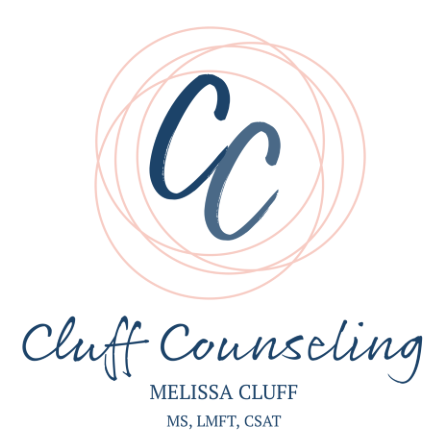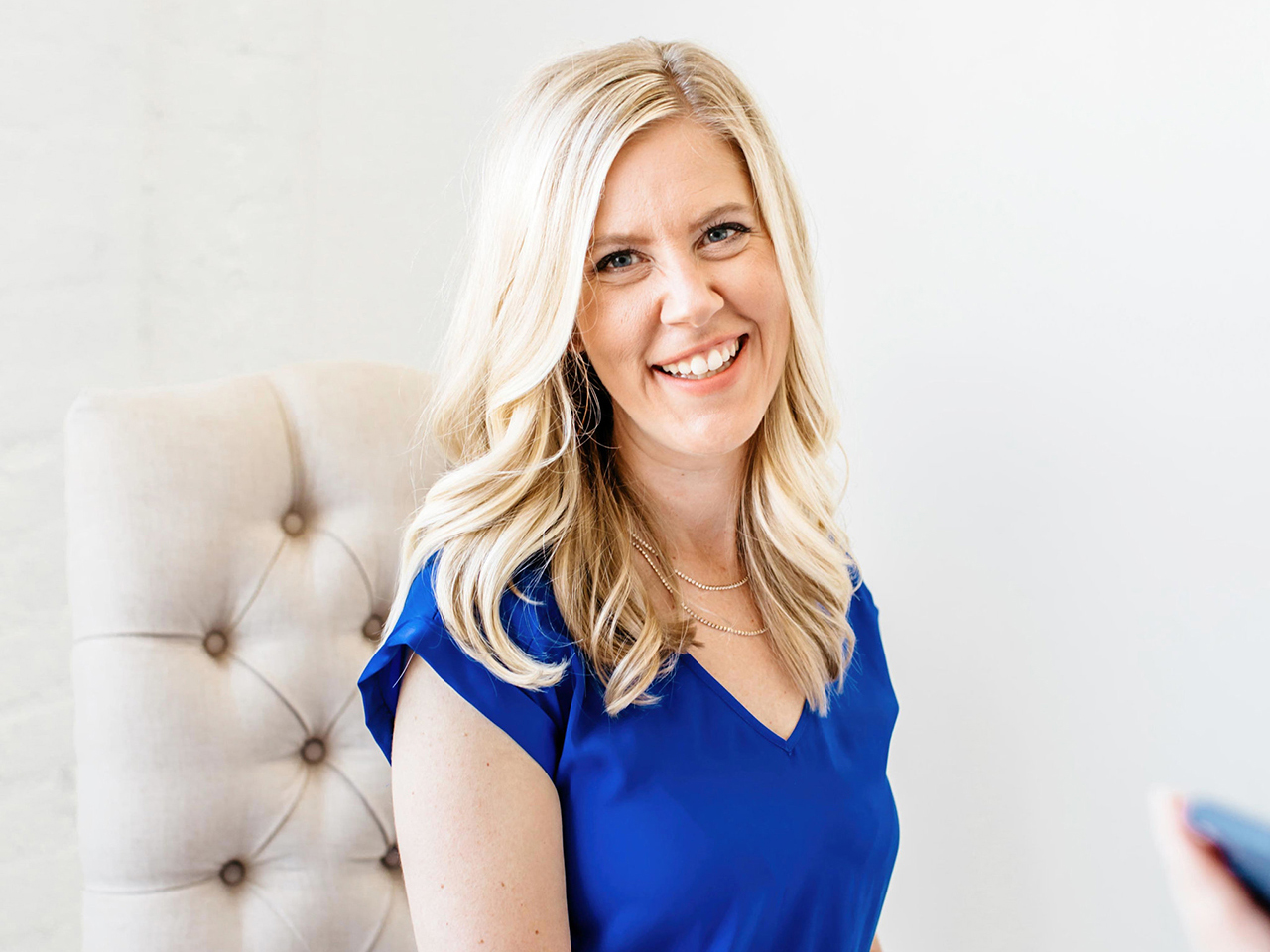
Compared with 2019, three times more people today are experiencing symptoms of anxiety disorder and four times as many people are experiencing a depressive disorder. About 10% more people started or increased substance use because of COVID-19. And in 2020, twice the number of people reported seriously considering suicide in the past 30 days compared to 2018. ~ Centers for Disease Control and Prevention’s Morbidity and Mortality Weekly Report
The Coronavirus (COVID-19) pandemic has been stressful for everyone. Fear and anxiety about a new disease and what could happen has been overwhelming and caused strong emotions in adults and children alike. Necessary public health actions–such as mask mandates and social distancing–have made people feel isolated, lonely, and anxious. There have been widespread feelings of extreme uncertainty, confusion, stress, and anxiety such as never before.
I know I have said it multiple times, but 2020 was nuts. It was a year full of all sorts of crazy that made us feel a million emotions–some of them entirely new. One of my good friends said he always thought anxiety was kind of a woman thing or even a made-up thing, but he experienced it for himself last year. He is now seeking help. I want to address this topic of anxiety, especially to those who have never before felt it, and offer a few helpful hints to manage and heal. With the CDC reporting 3x as many people now experiencing anxiety than in 2019 (a staggering number!), we all need help. When you feel anxiety, here are a few gentle reminders:
- It’s okay. According to the Anxiety and Depression Association of America (ADAA), over 40 million people are experiencing feelings of anxiety after last year’s circus. I do not wish to minimize anxiety by saying it is common, but instead normalize it a little because it truly is so widespread–especially right now. Every human that has anxiety is still a good person with a bright future. Just because we may experience anxiety does not mean there is something fundamentally wrong with us or that help and healing is not possible! Bottom line: It’s OKAY to experience anxiety!
- Acknowledge it. In the ancient Chinese military treatise The Art of War, Sun Tzu wrote, “If you know the enemy and know yourself, you need not fear the result of a hundred battles.” The first step to mastering anxiety is to acknowledge when it happens. Instead of ignoring it and letting it build up and take over, simply note the anxiety as soon as it starts taking over. If we can give it place in our lives, that will lead us to the next step.
- Face it. A very practical way of facing anxiety is by deconstructing what is causing it and taking steps to overcome it. Let’s look at the specific case of Coronavirus: When we were stressed about how easily we could contract it, we took preventative measures to protect ourselves (masks, social distancing, quarantine, etc). Then, we learned about what to do if we did, in fact, start feeling sick (where to go to get tested, how the test works, what would need to happen if we tested positive, etc). By doing so, we prepared ourselves from the unknown of Covid and thus reduced our anxiety…at least a little. By facing our anxiety of the Coronavirus, we modeled to ourselves a practical way to make stressors less stressful. We can break down whatever is causing us anxiety into small, manageable steps. This is just one example of how we ALL have faced our anxieties in order to function.
- Calm it. This will look different for every person, but the underlying idea is taking care of ourselves to calm our anxiety. My first suggestion is personal awareness; inhale, exhale, repeat. Pay attention to breath and heart rate. Stay in the present. Run a finger from the forehead straight back to the top of the head (this naturally quiets stress about the future and the past). Make time to unwind. Try to do enjoyable activities or hobbies. Practice self-care. Connect with others; talk with trusted friends or family about anxiety and stress. Connect with community or faith-based organizations. These steps to calm anxiety will prepare us for my final suggestion.
- Take care of it. This step also has many options and will vary depending on the level of anxiety. We must take care of our mental and physical health; we need to do all the things we already know we should be doing–getting adequate sleep, enjoying a well-balanced diet, avoiding alcohol, exercising regularly, meditating, avoiding unnecessary stressors, etc. Meeting our overall mental and physical needs naturally helps reduce stress and anxiety. The most important suggestion I can make, especially for more serious cases of anxiety, would be to get outside help. Go to therapy; get help from a licensed, trained individual. I urge anyone out there struggling with increased anxiety to get help. Whether that means researching things online, talking with a friend or family member, attending a support group, or going to therapy in person or virtually–get help. Do whatever it takes!
Coping with anxiety in a healthy way is really a gift we can give ourselves because it sets us up for success in the future. We will all continue to face stressful events; we need to arm ourselves with the tools to work through future anxiety-inducing experiences. And we can. 2020 taught us that!
If you or anyone you know needs a little extra help working through anxiety, please remember: it is okay, acknowledge it, face it, calm it, and get help for it. My doors are always open. Many of my clients face anxiety, and I have too. I can offer tools that will prepare you or your loved one for the bright future you deserve. Contact me today to schedule a session!
Melissa Cluff is a Licensed Marriage and Family Therapist based in North Texas, providing face-to-face and telehealth therapy options to clients in Texas.
References:
- ADAA: Facts and Statistics
- American Medical Association (AMA): Treating pandemic wave of anxiety, depression requires team effort
- Centers for Disease Control and Prevention (CDC): Coping with Stress
- Cluff Counseling: ANXIETY
- Cluff Counseling: BREAKING UP WITH YOUR RELATIONSHIP ANXIETY
- Cluff Counseling: Choosing the Right Therapist for You
- Cluff Counseling: DEBUNKING THE MYTH: MEN CAN HAVE ANXIETY
- Cluff Counseling: Depression is Not a Life Sentence
- Cluff Counseling: DOING THE THINGS YOU ENJOY CAN HELP YOUR ANXIETY
- Cluff Counseling: FINDING GRATITUDE FOR 2020
- Cluff Counseling: FINDING INNER PEACE IN TURBULENT TIMES
- Cluff Counseling: HOW WILL WE CHOOSE TO REMEMBER 2020?
- Cluff Counseling: The Key to Slowing Down in a Fast-Paced World
- Cluff Counseling: LIVING WITH ANXIETY: 5 SUGGESTIONS TO THRIVE
- Cluff Counseling: SELF-COMPASSION: A NEGLECTED FORM OF SELF-CARE
- Cluff Counseling: Seven Questions Your Therapist Doesn’t Want You to Ask
- Cluff Counseling: STRENGTH IN NUMBERS: SUPPORT GROUPS
- Cluff Counseling: THERAPY IS THE NEW SELF-CARE
- Cluff Counseling: TIPS & TRICKS TO MANAGING ANXIETY
- Cluff Counseling: What to Expect When You Are Expecting…To Start Therapy
- Cluff Counseling: Q&A: IS MY ANXIETY CURABLE?
- Nature: Health anxiety and attentional bias toward virus-related stimuli during the COVID-19 pandemic
- Very Well Mind: Deep Breathing Exercises to Reduce Anxiety
- Vox: How to manage anxiety during a pandemic

